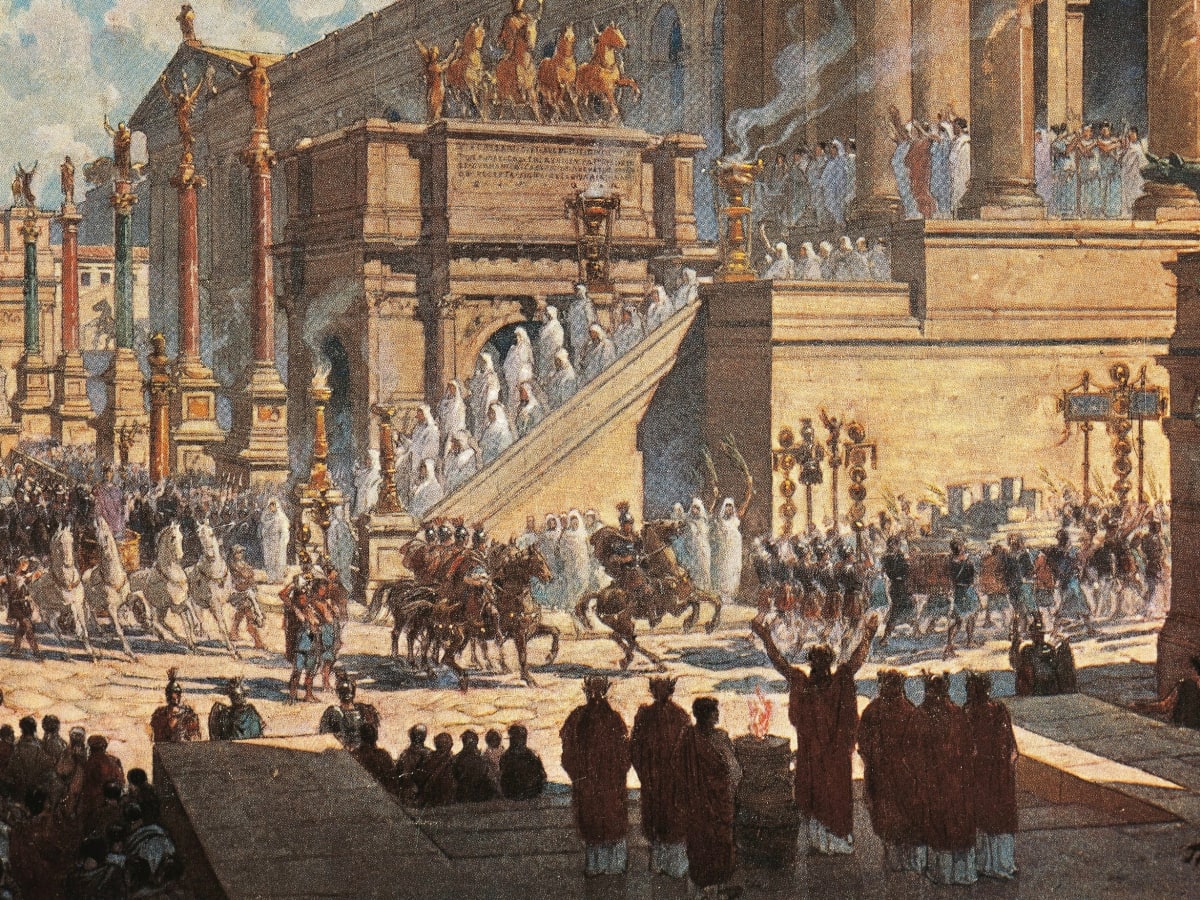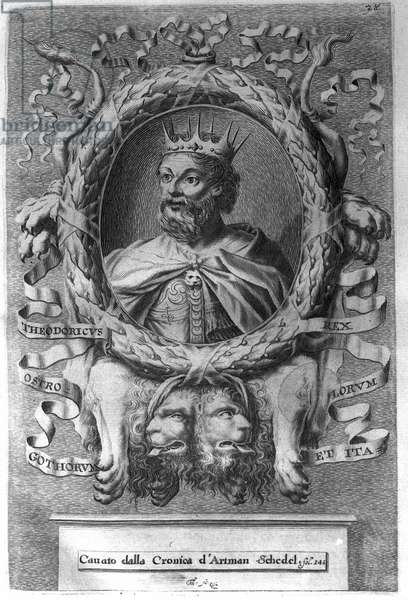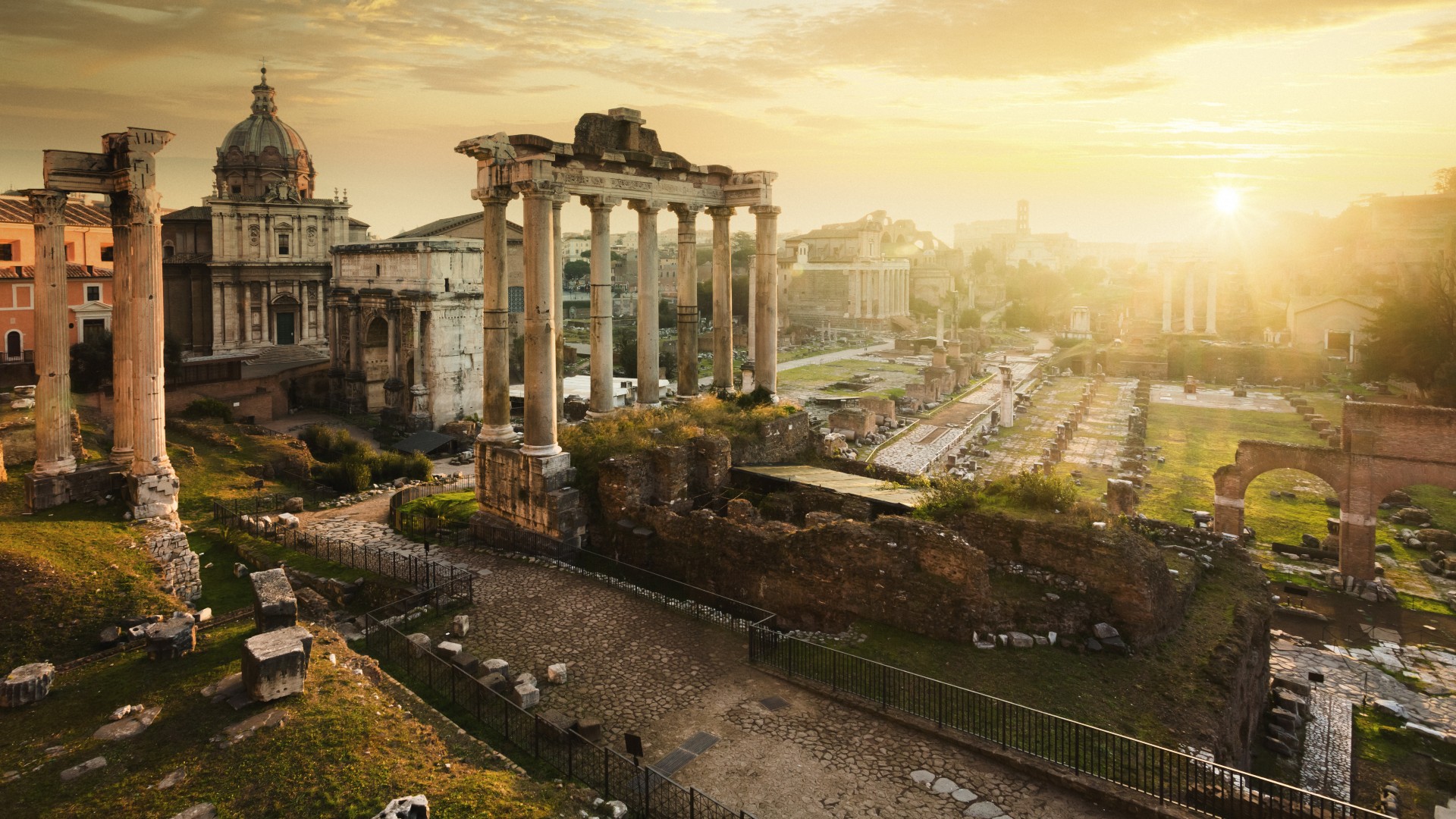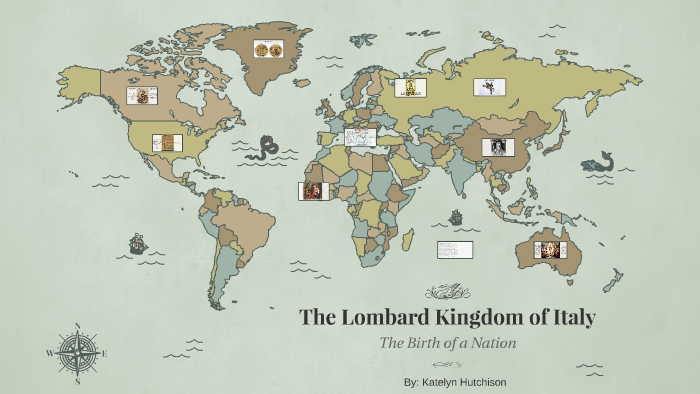Incredible Italian Imperial History
Early Middle Ages in Italy
 |
| Credit:- nationaltoday.com |
Italy was a minor but significant component of the Roman Empire, a global political structure. After the fall of the empire, the peninsula was first ruled by a number of barbarian kingdoms, but after the Lombard invasion in 568–569, a network of smaller political organizations emerged throughout Italy. One of the main themes of this section is how each of these emerged from the ruins of the Roman civilization, concurrently with the others. Another is the city of the Romans' continued existence and growth. The early Middle Ages saw a continuation and expansion of the Romans' urban-centered politics and economics, which served as the basis for the regional development of Italy.
The Ostrogoths and the Late Roman Empire
Italy had fallen under the influence of the Ostrogoths, who had established Ravenna as their capital, after the last emperor in Rome was overthrown by the barbarian king Odoacer in AD 476.
 |
| Credit:-www.history.com |
Theodoric, the most impressive of the Ostrogoth kings, deliberately tried to bring the old Romans and the new Goths together in cooperation. Despite being an avowed Arian Christian, he left the pope in Rome to his own devices. Unfortunately, with Theodoric's passing, aspirations for a continued alliance between Byzantium and the Ostrogoths were dashed. In 536, Justinian dispatched his most competent general, Belisarius, to Italy after viewing the murder of the latter's daughter as a casus belli.
Kingdom of the Ostrogoths
 |
| Credit:- bridgemanimages.com |
From 493 to 553, the Germanic Ostrogoths created the Ostrogothic Kingdom, also known as the Kingdom of Italy, in Italy and its surrounding regions. The Ostrogoths were the eastern Goth tribe, a Germanic group who gained dominance in the region north of the Black Sea. The term Visigoth, which is understood to mean "Western Goth," and the designation Ostrogoth, which is taken to mean "Eastern Goth," were both created by the Roman author Cassiodorus (c. 485–c. 585 CE) to distinguish between two distinct populations of Goths. Ostrogoth actually means "Goths glorified by the rising sun." According to the Roman historian Ammianus Marcellinus from the fourth century CE and the Gothic historian Jordan's from the sixth century CE, the Greuthungi (sometimes spelled Greutungi) appear to have been the initial name of the Ostrogoths.
The fall of the Roman Empire
 |
| Credit:- livescience.com |
8 Causes of Rome's Fall
- Barbarian tribe invasions
- Economic difficulties and an overuse of slave labor.
- The expansion of the Eastern Empire.
- Expansion and excessive military spending.
- Political unrest and government corruption.
- The Huns' arrival and the exodus of the Barbarian tribes.
- The decline of traditional values and Christianity.
- The Roman legions were less powerful.
The Lombard kingdom, 584–774
 |
| Credit:- prezi.com |
A different Germanic tribe, the Lombards, led by their ruler, swept into Italy in 568–569 AD. They sprang from Pannonia, which had previously been a Roman province. It is debatable to what extent they were Romanized, but they undoubtedly lacked the Ostrogoths' political coherence and never fully conquered Italy. Alboin captured the north but was assassinated shortly after, likely with Byzantine assistance.
The Lombards split apart into regional duchies without a ruler for a decade (574–584) after his successor Cleph (572–574) was also assassinated. Because they lacked the military might to repel the invaders at the time, the Byzantines appear to have contributed to this as well. It was simpler for them to split the Lombard leadership and convince some of them to join the Byzantine camp.
Even after the Lombard kingship was restored by Authari (584-590) and Agilulf (590-616), it appears that nearly as many Lombard leaders sided with the Byzantines as against them for the remainder of the century. In response to Frankish incursions from beyond the Alps, the Lombard dukes assembled in 584 and chose Authari as king, handing over large tracts of land in the process. Agilulf thereafter succeeded in uniting the northern duchies into a single kingdom. When the conflicts ended in 605, Italy was split into many parts with boundaries that, in some cases, would last for centuries. However, the chaos of the early Lombard kingdom did not foster the creation of a coherent governmental system.


.jpg)




Comments